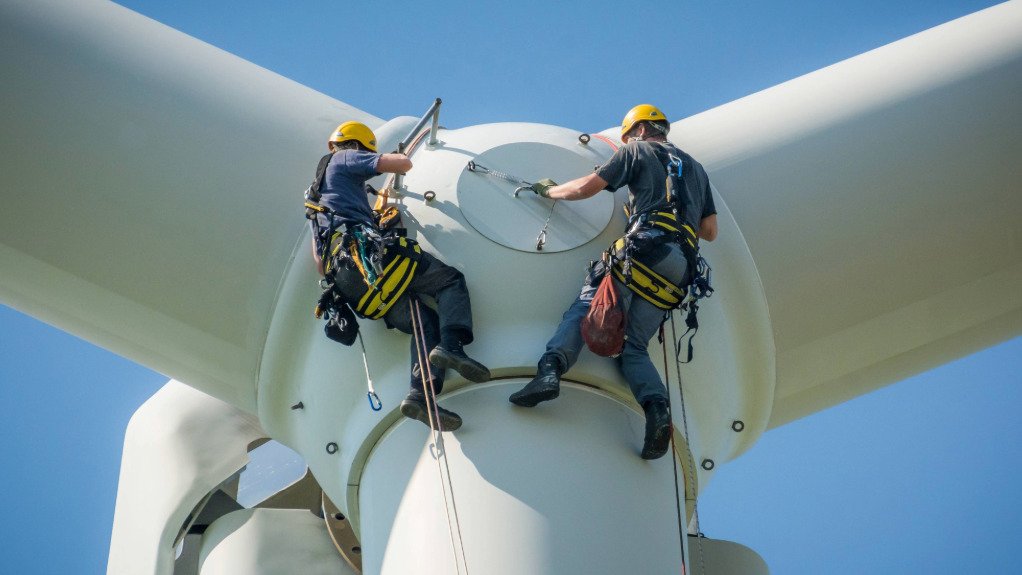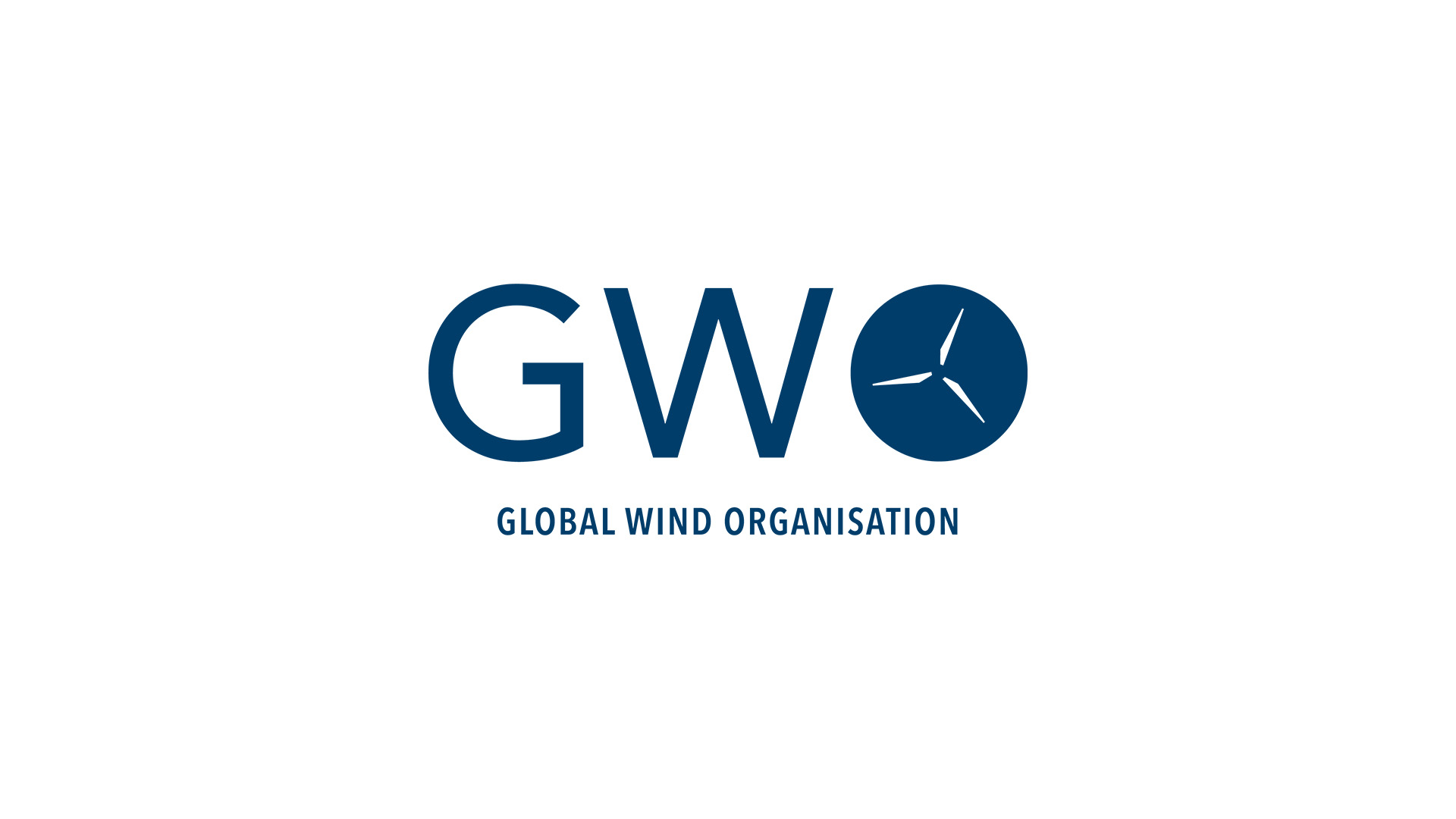
What is GWO Certification and Why It Matters for Careers in the Wind Sector
The Global Wind Organisation (GWO) establishes internationally recognised standards for safety and technical training in the wind industry. GWO-certified technicians are skilled in:
- Basic Safety Training (BST) – including first aid, fire awareness, manual handling, and working at heights.
- Advanced Rescue Training (ART) – focusing on high-elevation and confined space rescue techniques.
- Refresher Training – required to keep skills current and compliant.
These certifications are needed to secure local and international jobs in the wind sector.
Why GWO Training Matters in Careers in the Wind Sector
1. Global Surge in Technician Demand
Industry research shows the global wind sector will require more than 532,000 new wind technicians by 2028, with around 40% being new entrants to the industry. This forecast highlights the critical need for trained professionals in wind sector jobs worldwide.
2. Rapid Expansion of Australia’s Wind Industry
As of 2024, Australia’s installed wind capacity was about 13.3 gigawatts (GW), with new projects continuing across Victoria, New South Wales, South Australia, and Western Australia. This is part of the national drive to achieve 82% renewable electricity by 2030, which will only increase the need for skilled wind technicians.
3. Stimulus from Offshore Wind Projects
The federal government has declared an offshore wind zone in the Bass Strait, expected to create up to 12,000 construction jobs and 6,000 ongoing roles. This development alone will offer major opportunities for jobs in the wind sector.
4. Skills Gap and Training Capacity
Despite the demand, there is a shortage of trained workers. Australia’s Energy Market Operator has warned that a lack of skilled professionals could put renewable targets at risk. Training providers are under pressure to scale up capacity, and trades such as electricians are also in short supply.
5. Standardised Career Pathways
To help meet this demand, the Global Wind Organisation has launched its Job Roles initiative, which maps out structured career pathways for technicians. This framework gives both employers and learners clarity on the skills required for long-term careers in the wind sector.
Benefits of Becoming a GWO-Certified Technician
- High Job Security – A growing industry ensures long-term demand.
- Competitive Salaries – Employers pay more for certified workers with proven skills.
- Career Development – Clear pathways exist from entry-level roles to advanced rescue and supervisory positions.
- Sustainable Impact – Work directly contributes to Australia’s renewable energy goals and climate commitments.
Careers in the Wind Sector
The growth of renewable energy is unlocking a wide range of careers in the wind sector, offering opportunities for both newcomers and experienced tradespeople.
Entry-Level Opportunities
- Wind Turbine Technician – carrying out inspections, maintenance, and repairs.
- Construction Support – assisting with site setup, logistics, and safety operations.
Specialist and Technical Roles
- Blade Repair Technician – specialising in blade inspection and repair.
- Rescue & Safety Specialist – ensuring teams are trained and emergency-ready.
- Electrical or Mechanical Technician – focusing on turbine systems and troubleshooting.
Career Progression
Many professionals start with jobs in the wind sector such as turbine maintenance before progressing into leadership roles, including:
- Site Supervisor or Team Leader
- Health and Safety Coordinator
- Operations and Maintenance Manager
Global Career Pathways
Because GWO certification is recognised worldwide, technicians can transfer their skills to projects in Europe, North America, and Asia. This global demand makes careers in the wind sector highly mobile and future-proof.
Challenges in Meeting Industry Demand
- Limited Awareness – Many jobseekers are not yet informed about GWO or how to enter the industry.
- Geographical Barriers – Training centres and wind farms are often in regional areas.
- Ongoing Renewal – Certificates must be refreshed regularly to remain valid for most jobs in the wind sector.
How to Start a Career in the Wind Sector
For those aiming to break into wind sector jobs, the first step is completing the GWO Basic Safety Training course. From there, advancing with programs like GWO Combined Advanced Rescue Training helps technicians access higher-level roles.
Skylar Education provides a complete training pathway to ensure graduates are job-ready for both Australian and global careers in the wind sector.
Secure Careers in the Wind Sector with GWO Training
The demand for GWO-certified technicians is only increasing as Australia pushes toward its renewable energy targets. With more than half a million technicians needed worldwide in the next few years, and Australia investing heavily in both onshore and offshore wind, there has never been a better time to pursue jobs in the wind sector.
Ready to begin? Enrol in Skylar Education’s GWO Basic Safety Training or Advanced Rescue Training to take the first step toward a secure, rewarding, and globally recognised career in the wind industry.






